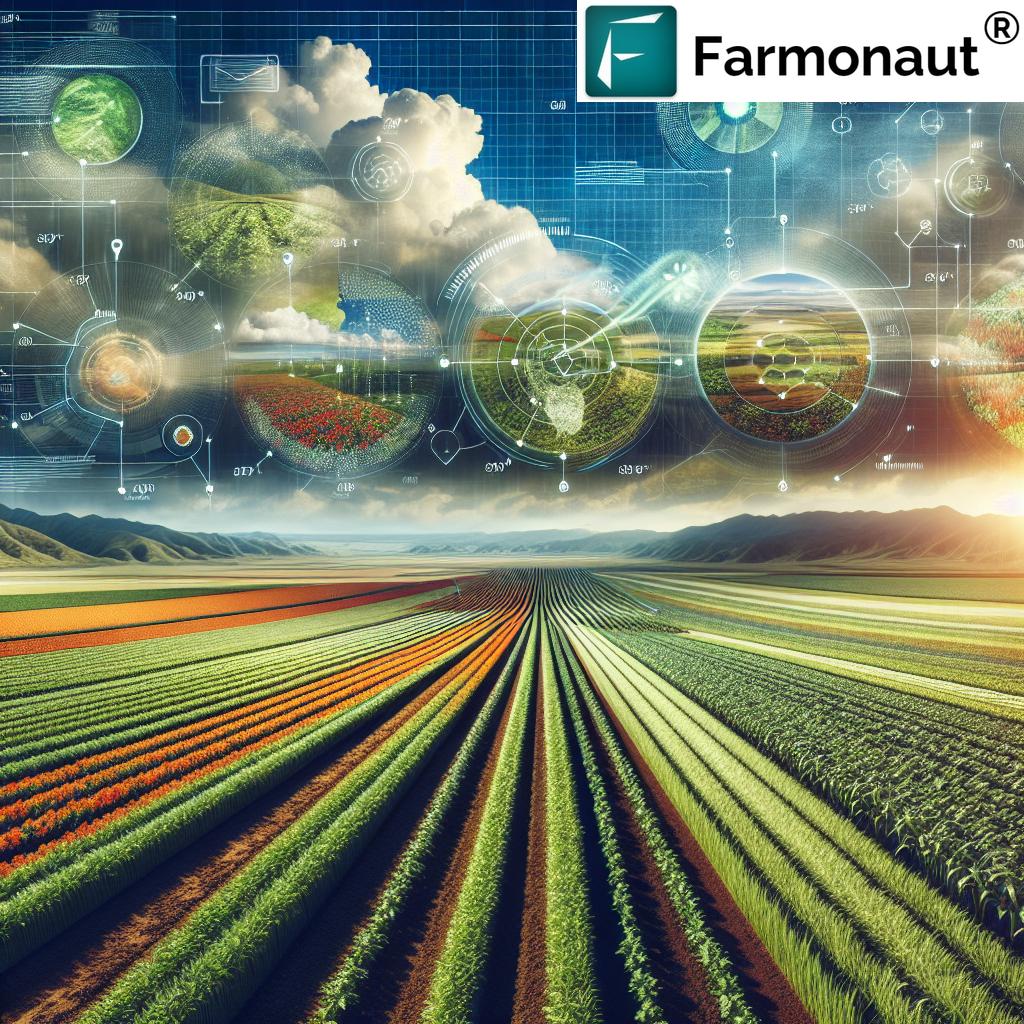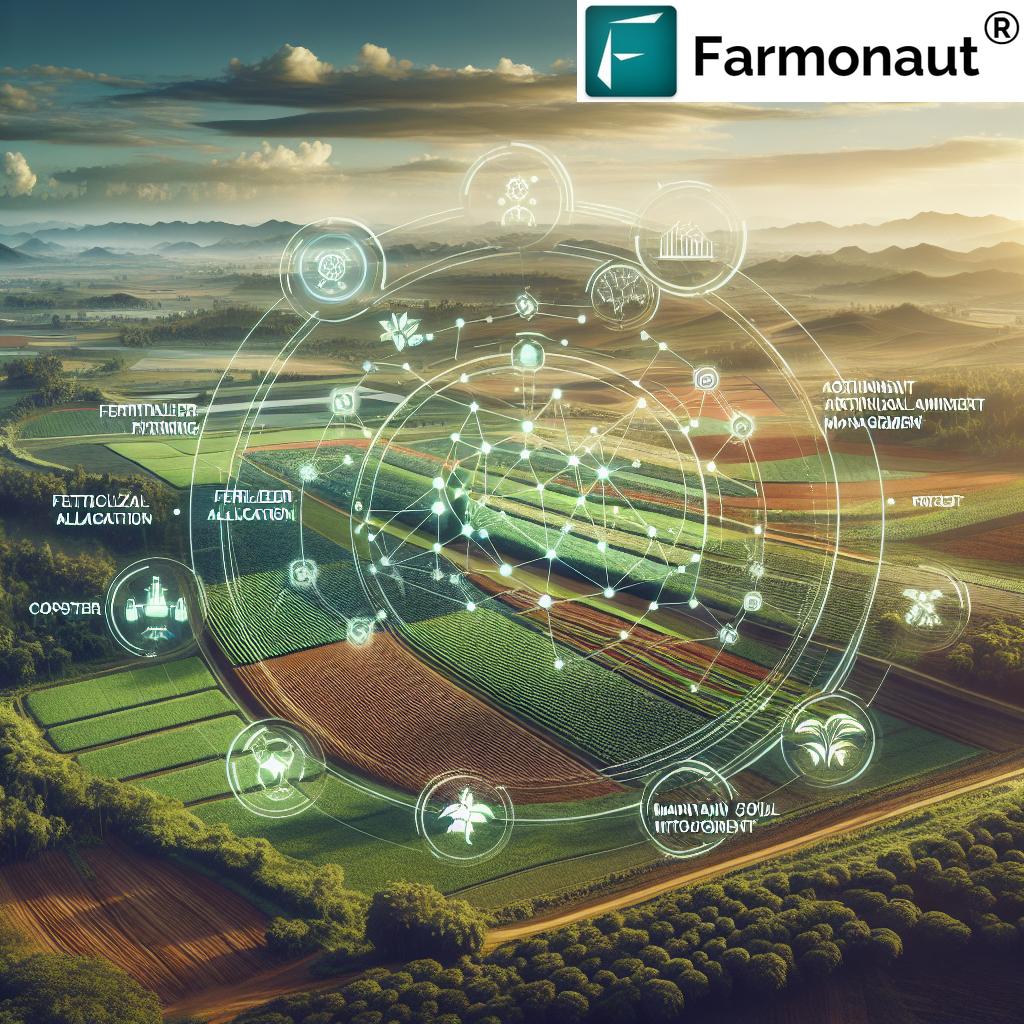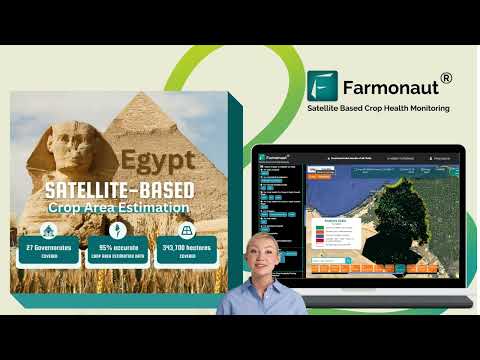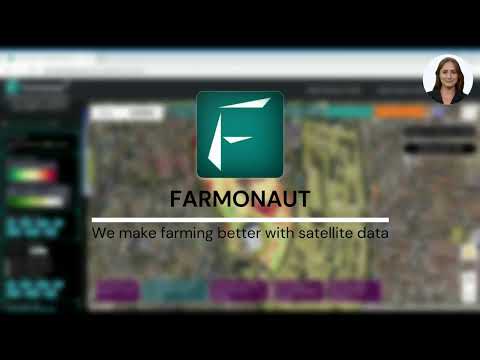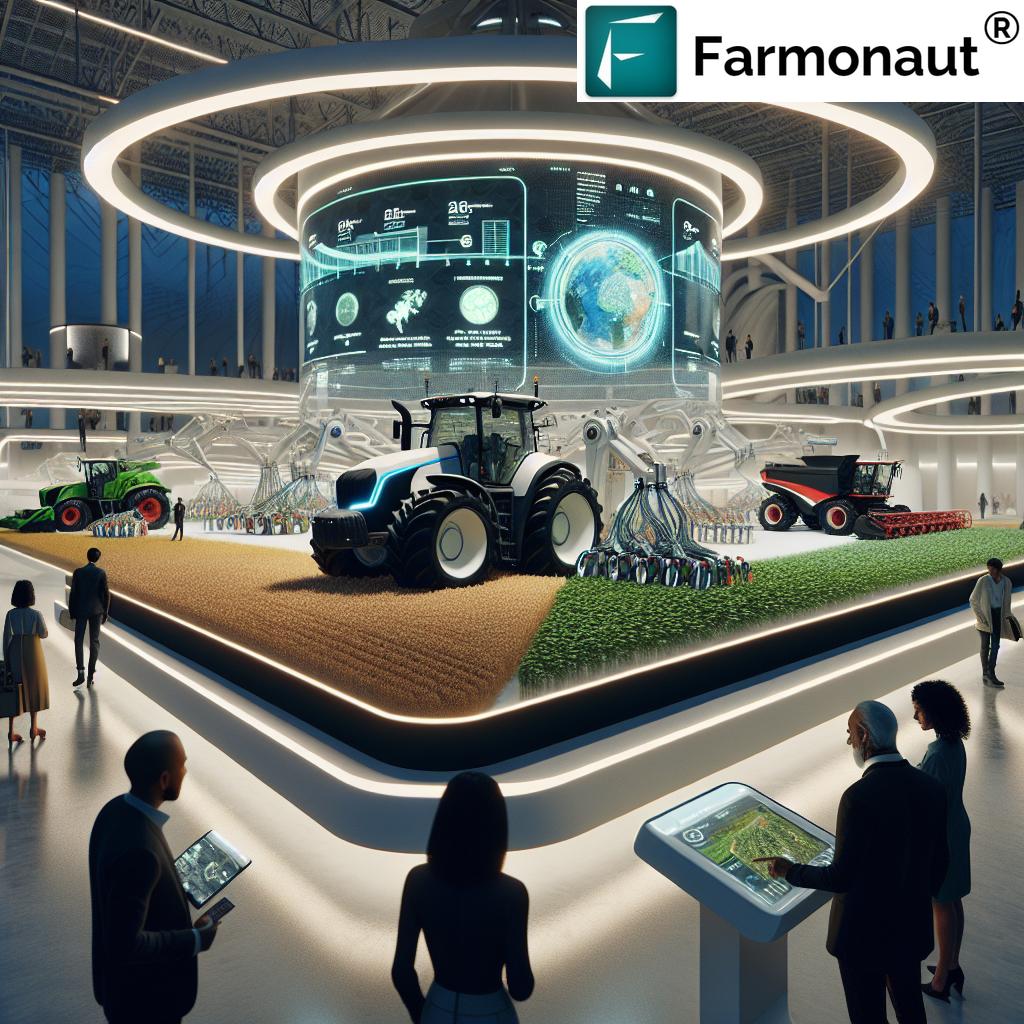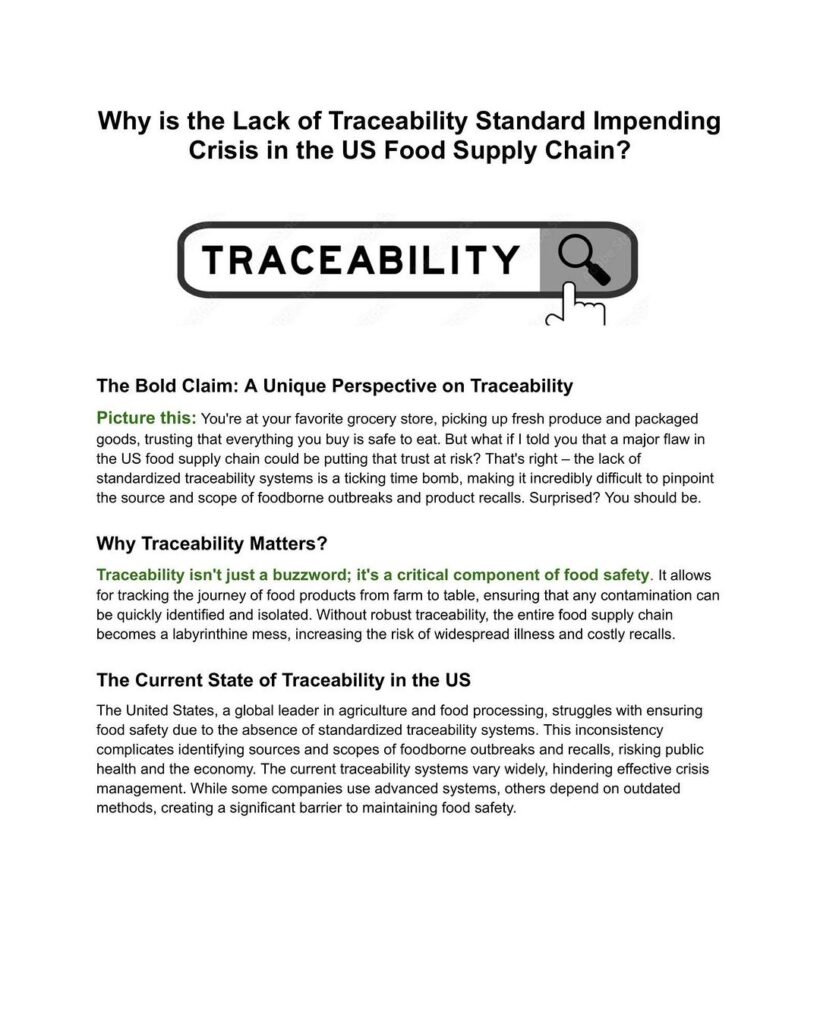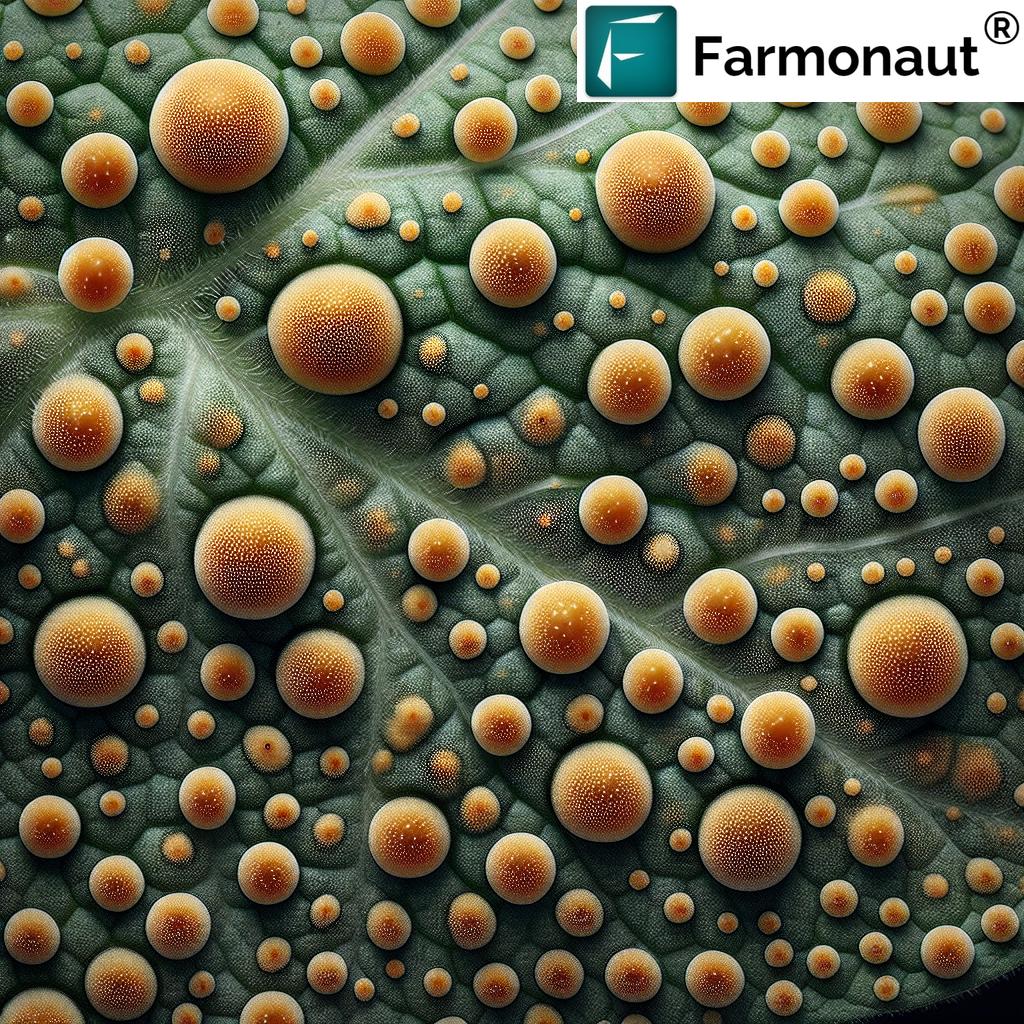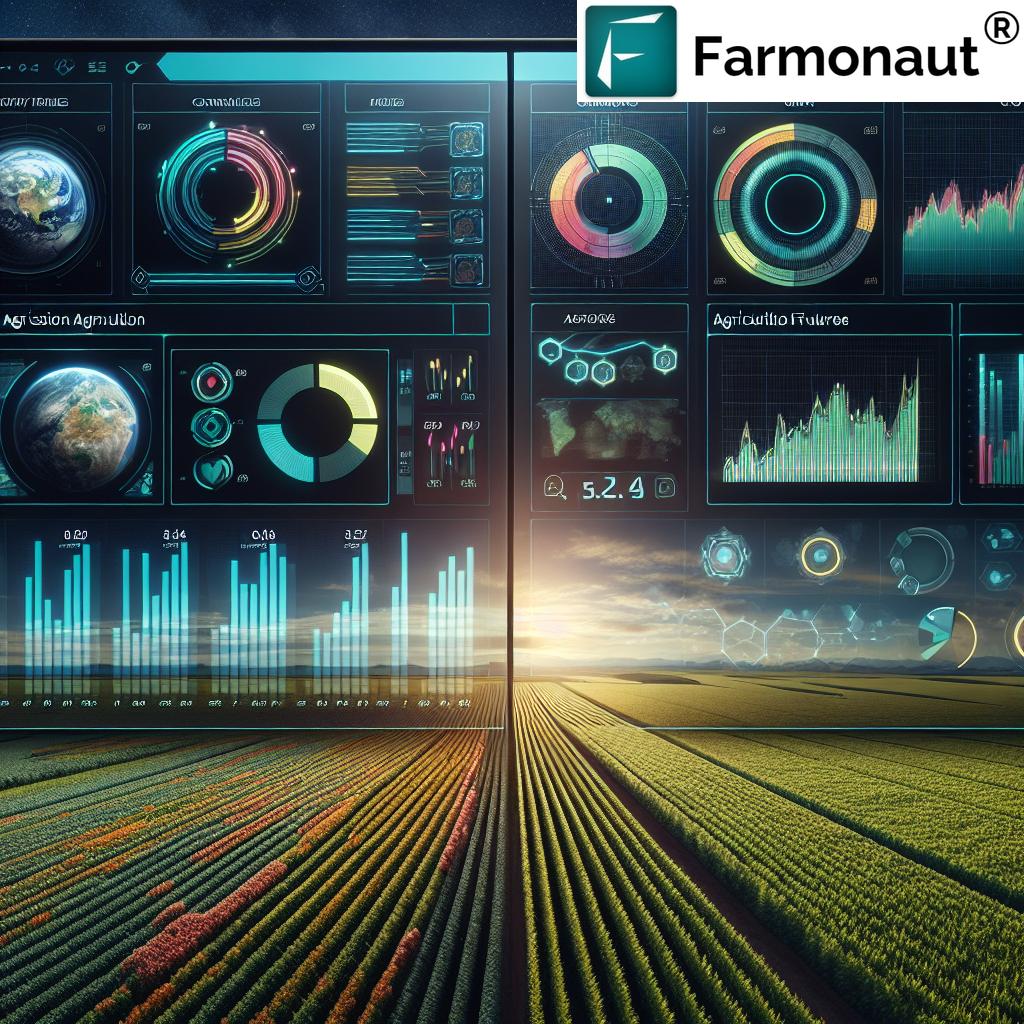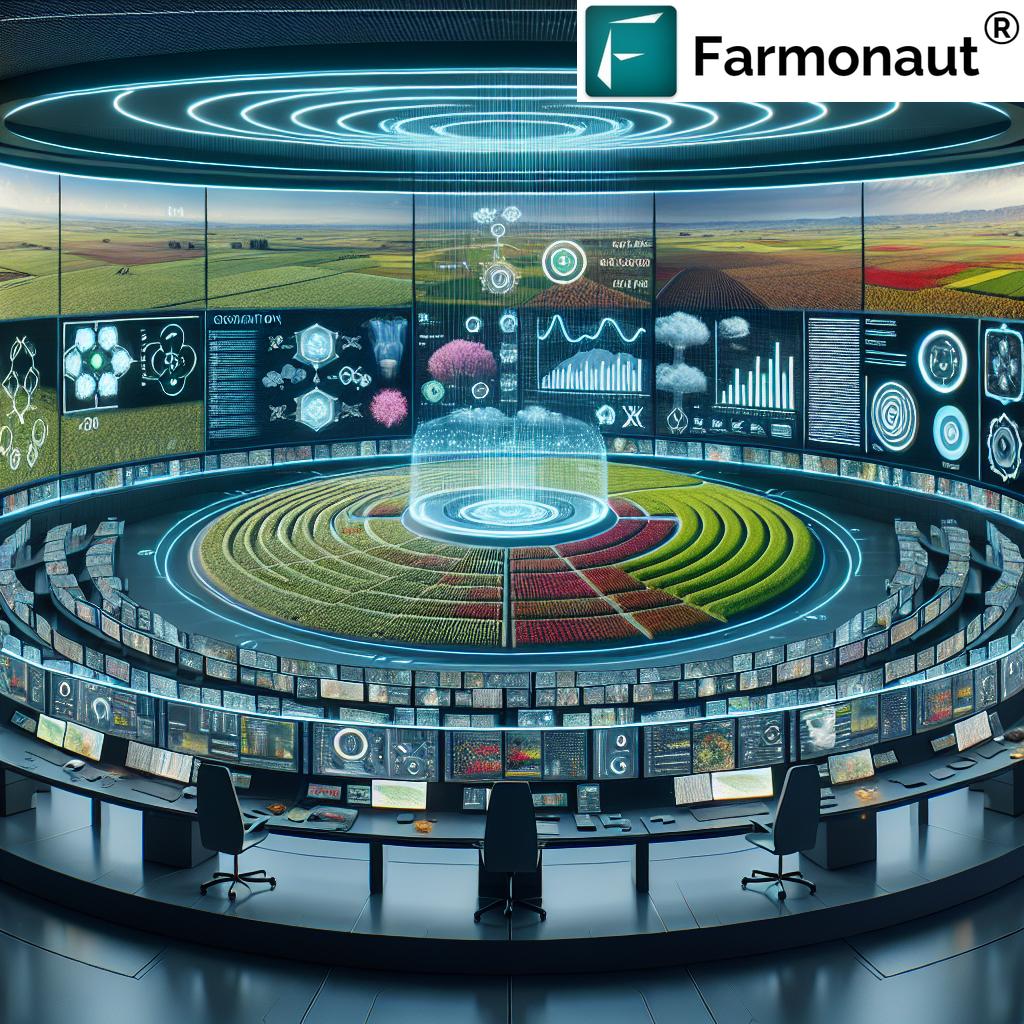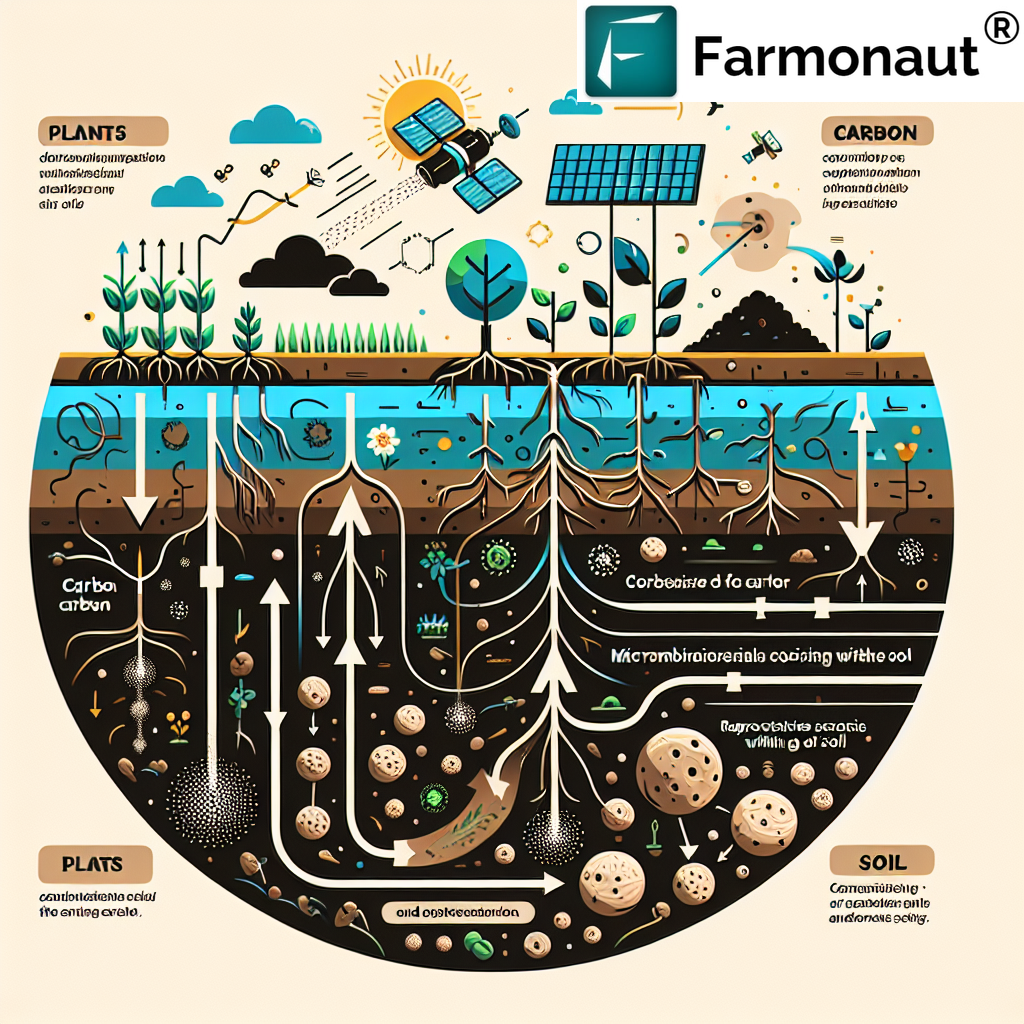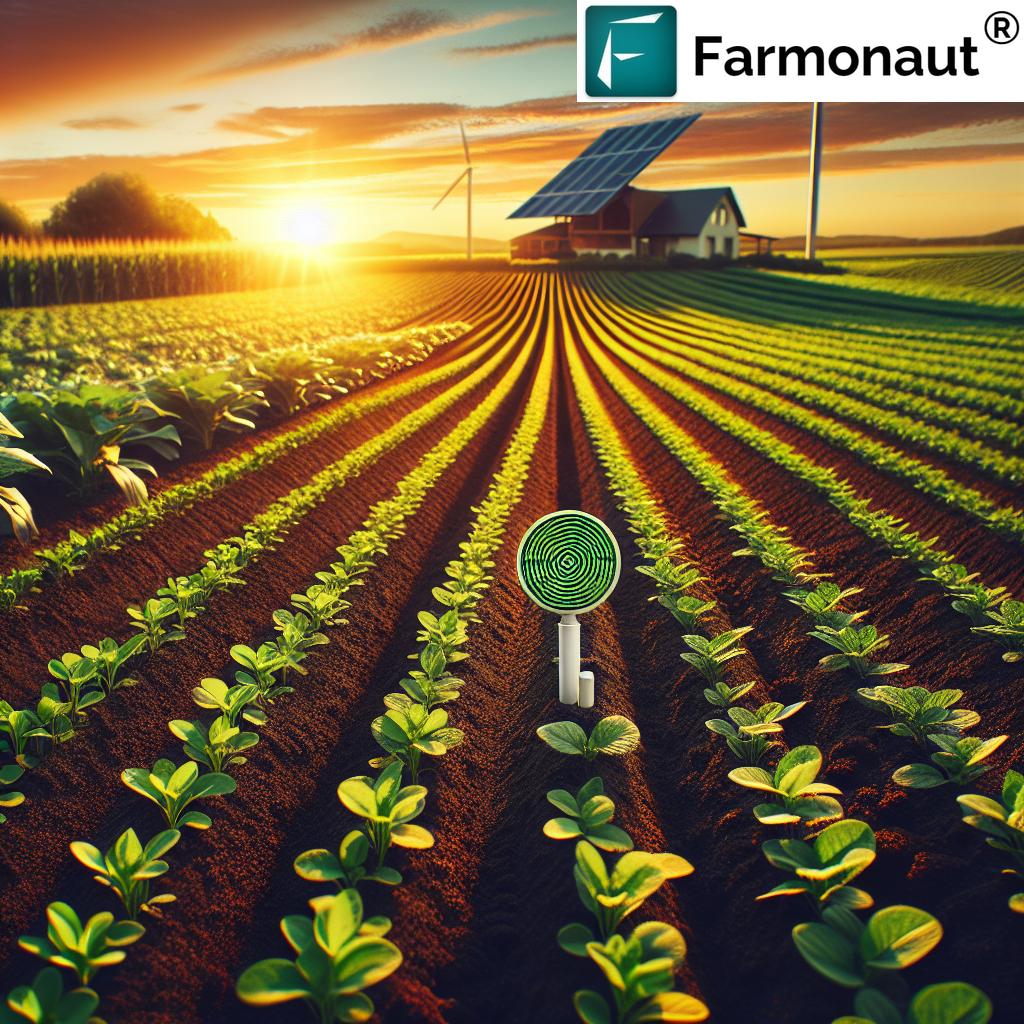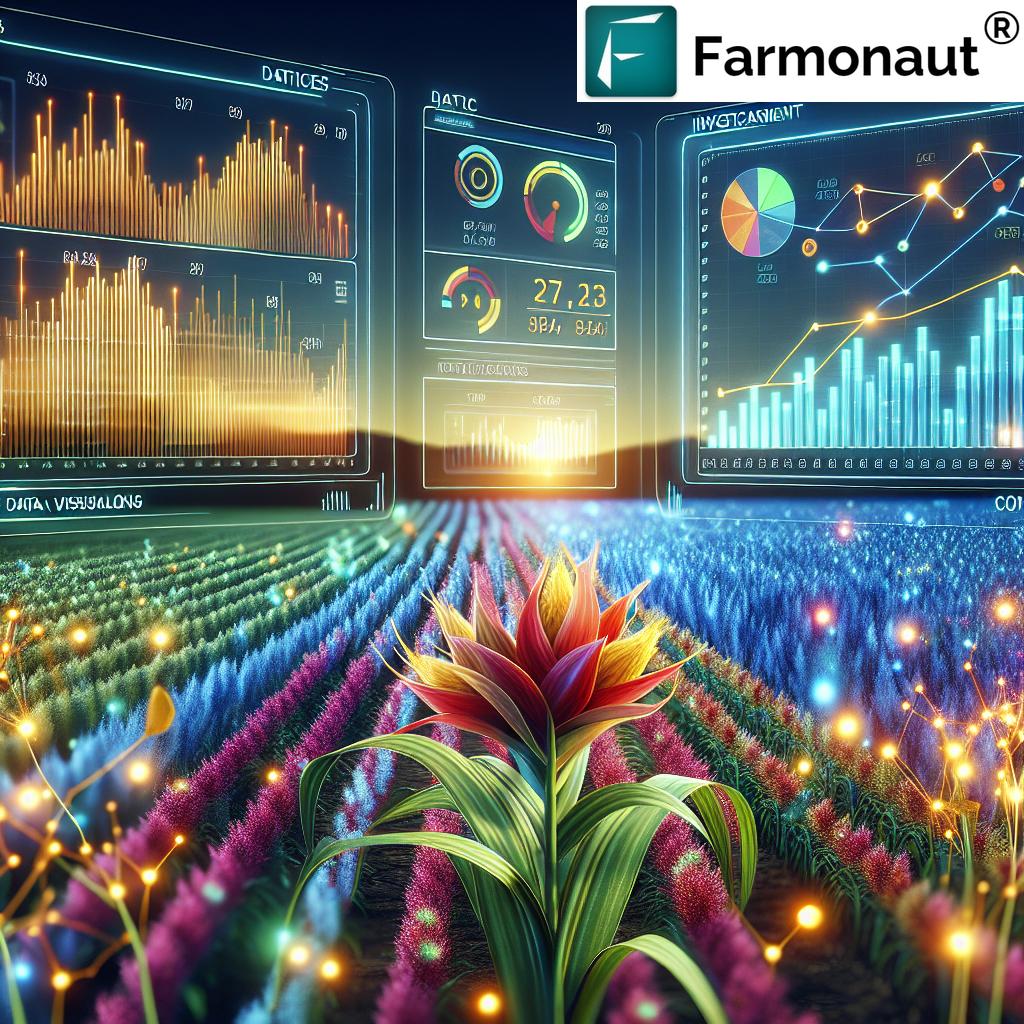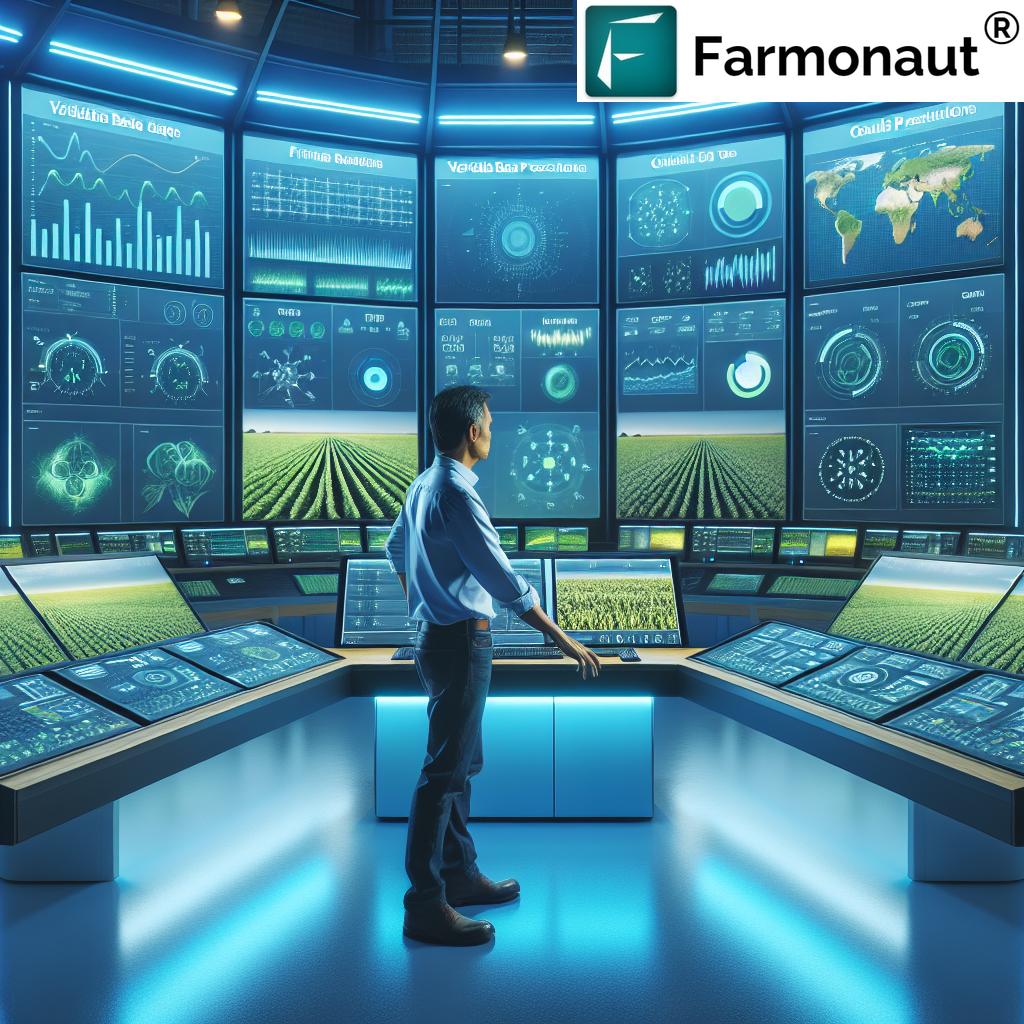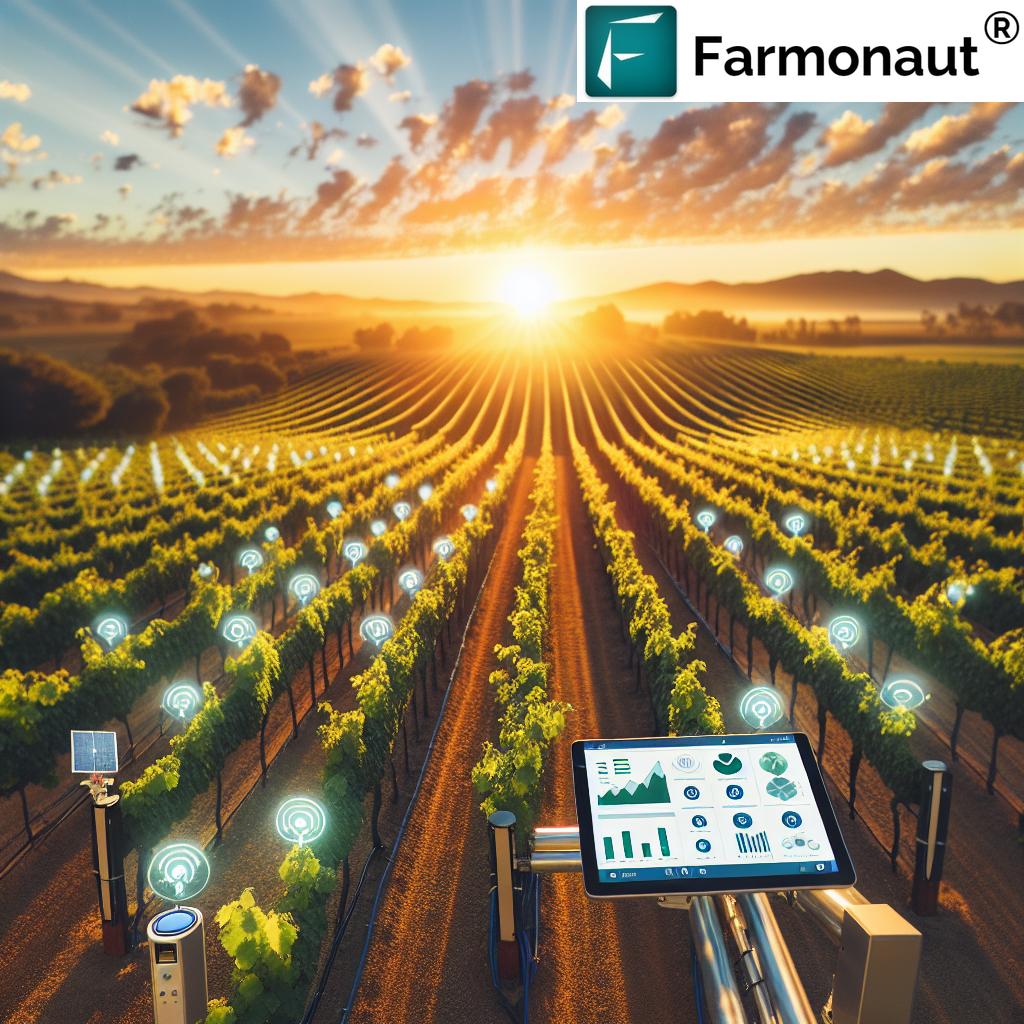7 Shocking Drone Technology Advancements Boosting Yields
“Over 80% of modern agricultural drones now use AI-powered image analysis for crop monitoring and soil health assessment.”
- Introduction: Drone Technology in Agriculture
- 1. Precision Farming Solutions: Mapping, Irrigation, and Fertilizer with AI
- 2. AI Powered Crop Monitoring: Targeted Pest & Weed Control
- 3. Yield Prediction, Planning & Harvest Decision-Making
- 4. Soil Health Analysis with Drones
- 5. Real-Time Livestock Monitoring and Management
- 6. Efficient Crop Spraying Solutions: Drones Transforming Chemical Use
- 7. Environmental Monitoring & Forestry Drone Applications
- Comparative Impact Table – Drone Technology Advancements
- Challenges and Future Prospects
- Farmonaut: Advanced Satellite-Based Farm Management Solutions
- FAQ: Drone Technology & Precision Agriculture
- Conclusion: Drones, AI, and the Future of Sustainable Agriculture
Introduction: Drone Technology in Agriculture
As we propel deeper into the digital era, drone technology in agriculture has emerged as a pivotal force reshaping the future of food production, forestry, and land management across the globe. The revolutionary integration of drones, artificial intelligence (AI), and advanced sensor networks is empowering farmers, foresters, and agribusinesses to maximize yields, boost efficiency, and practice sustainable farming—ushering in a new age of precision farming solutions.
With the agricultural drone market now valued at over $2.41 billion and set to surpass $5.08 billion by 2030 (source), these airborne marvels do more than simply watch from above. They monitor crops and forests, analyze soil health, optimize irrigation, and help with resource management, pest control, environmental oversight, and predictive yield mapping.
In this in-depth guide, we will uncover seven shocking drone technology advancements boosting yields—each transforming how we approach agriculture, farming, and forestry. We will explore how these state-of-the-art capabilities, supported by AI and real-time data, deliver solutions that are cost-effective, accurate, efficient, and sustainable.
1. Precision Farming Solutions: Mapping, Irrigation, and Fertilizer with AI
At the heart of smart agriculture lies precision farming solutions. By equipping drones with AI-driven sensors, high-resolution cameras, and sophisticated data analysis tools, we’re enabling farmers to take control of their fields like never before. This is transforming traditional practices into futuristic, data-driven agricultural operations.
How AI & Drones Power Smart Agriculture
- Soil Health Assessment & Mapping: Modern drones are equipped with multispectral and hyperspectral sensors to monitor soil properties across large fields. By capturing detailed data on soil moisture, pH, and nutrient composition, we can generate accurate soil health maps. This guides farmers in applying the right amount and type of fertilizers—only where it’s required (source).
- Drone Irrigation Management: AI algorithms analyze drone-collected data on crop health, moisture patterns, and weather conditions. This enables the creation of precise irrigation maps, ensuring water is delivered exactly where and when crops need it. As a result, water use efficiency soars while resource wastage and costs plummet.
- Optimized Fertilizer Application: With targeted insights, drones support variable-rate fertilizer applications. Specific field zones receive tailored nutrients, improving nutrient uptake, reducing runoff, and ultimately boosting yields and environmental health.
By leveraging these drone precision technologies in everyday farming operations, we empower both smallholder and large-scale farmers to:
- Reduce input and labor costs through targeted resource allocation
- Minimize environmental impact by using only the necessary amount and type of fertilizers and water
- Increase yield and quality by matching crop needs with treatment
- Detect and respond to field-level variations in real time
Farmers using such smart precision farming solutions can quickly respond to weather changes, crop health issues, and soil irregularities, creating resilient, profitable, and sustainable farming enterprises.
For those seeking to integrate these technologies into custom platforms, Farmonaut’s Satellite & Weather API and API Developer Docs make it possible to access real-time, actionable farm insights with ease.
“Drone technology advancements have reduced manual crop scouting time by up to 90% in precision farming operations.”
2. AI Powered Crop Monitoring: Targeted Pest & Weed Control
Traditionally, identifying weed-infested areas and pest outbreaks has required time-intensive manual scouting across expansive fields. Now, with AI-powered crop monitoring, drones equipped with advanced image recognition can automatically identify healthy crops, pests, and weeds with unmatched accuracy.
- Efficient Pest Detection: AI recognizes problem areas early by analyzing color, shape, and growth patterns from aerial imagery. Drones can then be directed to target only those affected zones with the required pesticides, minimizing chemical use and labor.
- Targeted Weed Management: Instead of spraying entire fields, drones identify and spot-treat weed-infested areas, safeguarding beneficial plants and slashing herbicide costs (source).
The result? Reduced costs, increased operational efficiency, improved crop health, and a significant reduction in the environmental impact of chemical applications.
To manage forestry and large plantations with greater precision, explore the Farmonaut Large-scale Farm Management Platform, which uses satellite and sensor data to streamline field management, optimize resources, and increase productivity for agribusinesses and forestry experts.
Key Benefits of AI Powered Crop Monitoring
- Precision targeting of pests and weeds: less chemical runoff, healthier environment
- Faster response to outbreaks: higher yield and crop quality
- Enhanced sustainability and regulatory compliance
Monitor your crops year-round and get AI-driven advisories directly via the Farmonaut Crop Plantation & Forest Advisory App. Empower your management practices with real-time insights to identify issues before they become losses.
3. Yield Prediction, Planning & Harvest Decision-Making
One of the most powerful new applications of drone technology in agriculture is in yield prediction and harvest planning. By continually analyzing historical crop data, weather trends, and current field health captured via drones and AI, we can forecast potential yields with a high degree of accuracy. This information is a game-changer for efficient resource management, marketing, storage, and logistics planning.
- Forecasting Yields: Drones analyze factors such as vegetation indices, crop color, density, and growth patterns throughout the season. Combined with weather analytics, this enables highly accurate yield forecasts.
- Optimal Harvest Timing: By monitoring crop health and maturity, drones help pinpoint the right harvest window—maximizing both crop quality and yield.
- Informed Marketing & Storage Decisions: Accurate yield predictions allow farmers to negotiate contracts, secure buyers, and optimize storage and transport—significantly reducing post-harvest losses.
With these insights, we transform an age-old guessing game into a data-backed science, giving us confidence in every step of the harvest process.
Did you know? With reliable yield forecasts and area estimations, Farmonaut’s Crop Loan and Insurance Solution enables satellite-based verification for easier, fraud-resistant loan processing—helping farmers access vital financing, when they need it most.
4. Soil Health Analysis with Drones
Healthy soil is the bedrock of productive agriculture. However, monitoring soil variability across vast fields has historically been challenging. With the advent of soil health analysis with drones, we are now able to measure and visualize critical soil parameters at an unprecedented resolution.
- Detecting Changes in Soil Conditions: Drones create detailed soil property maps—measuring pH, moisture content, organic matter, and nutrient levels. This helps identify areas that require intervention or risk becoming yield-limiting factors (source).
- Continuous Monitoring: Regular flights mean long-term soil health trends can be tracked. Actions like targeted fertilizer or lime application can be taken exactly where required, ensuring optimal crop growth and sustainability.
- Soil Fertility & Input Optimization: AI-based analysis of drone data enables timely, evidence-based decisions, improving nutrient efficiency and reducing unnecessary inputs that increase costs or harm the environment.
With Farmonaut’s solutions, comprehensive soil moisture and health analytics are available directly from the palm of your hand or web dashboard—allowing all stakeholders to proactively manage and improve soil quality.
Build trust in your supply chain: Farmonaut’s Blockchain-Based Product Traceability Solution ensures that every stage—from soil health to harvest—remains transparent, secure, and verifiable, enhancing both quality and market value.
Key Advantages
- Identify soil constraints before they affect yield
- Improve fertilizer efficiency and management
- Boost long-term sustainability across every farm field
Comparative Impact Table – Drone Technology Advancements
| Advancement Name | Application Area | Estimated Yield Boost (%) | Key Benefits |
|---|---|---|---|
| Precision Farming Solutions (AI Mapping) | Irrigation & Fertilizer Management | 10–20% | Reduced input cost, optimal water/fertilizer, improved yield consistency |
| AI Powered Crop Monitoring | Pest/Weed Detection and Control | 8–15% | Faster issue detection, minimal chemical use, environmental health |
| Yield Prediction & Harvest Planning | Resource Management, Marketing | 5–10% | Accurate planning, less post-harvest loss, optimized storage/transport |
| Soil Health Analysis with Drones | Fertility & Input Allocation | 6–18% | Proactive management, soil sustainability, precise amendments |
| Real-Time Livestock Monitoring | Herd Tracking & Welfare | 5–10% | Reduced labor, fast anomaly detection, improved animal health |
| Efficient Crop Spraying Solutions | Targeted Chemical Application | 10–25% | Lower chemical use, no soil compaction, cover difficult terrain |
| Environmental & Forestry Drone Applications | Climate, Weather, Forest Health | 3–8% | Early warning, risk mitigation, sustainable forestry management |
5. Real-Time Livestock Monitoring and Management
Livestock farming is embracing a revolution. Drones equipped with thermal imaging cameras and advanced sensors now offer real-time livestock monitoring, allowing us to observe herd movement, locate lost animals, detect illnesses, and even monitor grazing patterns—all from above (source).
Key Applications:
- Track herd movement and distribution for better grazing management
- Identify lost, sick, or injured animals quickly, improving animal welfare
- Reduce labor and operational costs through automated data collection
- Enhance disease prevention by early detection and intervention
Precision livestock management has never been easier, more cost-effective, or more humane—empowering us to ensure healthy herds and higher farm profitability.
For large-scale tracking and traceability, consider the value of Farmonaut’s Fleet Management Solutions which help agribusinesses manage both livestock and farm machinery fleets, further reducing operational risks and costs.
6. Efficient Crop Spraying Solutions: Drones Transforming Chemical Use
Traditional crop spraying techniques have always posed numerous challenges: waste, uneven application, soil compaction, operator exposure to chemicals, and even damage to plant roots. The rise of efficient crop spraying with drones is changing the game for good.
- Precision & Safety: Drones deliver precisely measured, targeted applications of fertilizers, pesticides, and herbicides, significantly reducing both consumables and environmental impact (source).
- Access to Challenging Terrain: Drones can navigate slopes, waterlogged areas, or rugged landscapes where traditional equipment cannot reach, safeguarding crops and farmers alike.
- Labor & Time Savings: Drone spraying automates large-area treatments, cutting down operations from days or hours to mere minutes, and freeing up labor for more valuable tasks.
The result? Higher farm efficiency, stronger yields, safer work environments, and lower overall costs.
Adopting efficient drone spraying contributes to sustainability and compliance—track and minimize your carbon footprint through Farmonaut’s Carbon Footprinting Platform, with real-time data on farm emissions and actionable reduction strategies.
7. Environmental Monitoring & Forestry Drone Applications
Beyond fields and pastures, drones are now indispensable for environmental monitoring, weather forecasting, and forestry management.
- Weather Monitoring for Farmers: Drones equipped with atmospheric sensors gather real-time weather data—temperature, humidity, wind speed, and precipitation. This empowers us to anticipate change, prevent loss, and optimize planting or harvesting schedules (source).
- Forestry Drone Applications: In forestry, drones monitor tree health, assess inventories, map forest canopies, and spot disease outbreaks. LiDAR-equipped drones even produce 3D models to track forest growth and sustainability (source).
- Risk Mitigation: Real-time data helps us detect environmental threats early (drought, flood, disease), take proactive action, and enable long-term conservation and sustainable resource use.
For those responsible for forest health or land restoration, advanced data monitoring and mapping is a crucial leap toward more sustainable landscape management—helping foresters, policymakers, and environmentalists achieve their goals efficiently.
Get full-spectrum analytics for your forest and plantation management with the Farmonaut Crop Plantation & Forest Advisory Platform, offering powerful AI and satellite-supported guidance for tree, crop, and land stewardship.
Challenges and Future Prospects for Drone Technology in Agriculture
While we’ve explored the immense potential and current benefits of drone technology, AI, and sensor integration in modern agriculture and forestry, it is only fair to acknowledge the current challenges to large-scale adoption:
- Regulatory Frameworks: Different countries have varying rules regarding pilot certifications, airspace use, and drone operations. However, organizations such as the FAA have started streamlining these regulations, paving the way for broader commercial adoption (source).
- Initial Investment & Technical Literacy: Smaller farms may struggle with upfront costs and the learning curve associated with advanced technology, yet dropping hardware prices and accessible platforms are lowering these barriers every year.
- Data Management Complexity: Collecting vast amounts of drone and sensor data requires proper analysis, storage, and interpretation—a challenge that is now met with easier-to-use AI platforms, cloud storage, and smart dashboards.
- Integration with Existing Practices: Transitioning from traditional to data-driven precision agriculture requires mindset and process shifts, which ongoing education, support, and real-world success stories can facilitate.
The future is bright: Continuous AI advancements, sensor innovations, regulatory maturity, and expanding market demand signal that drones will remain central to sustainable, efficient agriculture and forestry management for decades to come.
Farmonaut: Advanced Satellite-Based Farm Management Solutions
While drones offer a unique aerial vantage point and real-time actionable data, Farmonaut delivers a complementary, affordable precision agriculture platform that leverages satellite imagery, advanced analytics, and blockchain-based transparency.
-
Satellite-Based Crop Health Monitoring
Farmonaut utilizes multispectral images to analyze vegetation health, soil moisture, and field variability—making it possible to analyze large-scale agricultural operations anywhere on earth. Actionable insights enable timely resource management, irrigation, fertilizer application, and pest monitoring. -
Jeevn AI Advisory System
Personalized AI-driven advisories support farmers with real-time weather forecasts, expert crop management strategies, and data-backed decisions for boosted productivity and efficiency. -
Blockchain-Based Traceability & Carbon Footprinting
Farmonaut makes it easy to build consumer trust through product traceability solutions and track carbon footprints for eco-compliance and sustainability.
Farmonaut is accessible on Android, iOS, web, and via API—delivering on its promise to make precision agriculture affordable and accessible to all.
Farmonaut Subscription Plans:
FAQ: Drone Technology & Precision Agriculture
Q1: How does drone technology in agriculture improve efficiency and yields?
Drones, combined with AI and advanced sensors, collect real-time data on crops, soil, and weather. This enables precise resource allocation, early issue detection, targeted treatments, and optimized harvest planning. These capabilities reduce waste, lower costs, minimize environmental impact, and maximize yields.
Q2: What types of data can agricultural drones analyze?
Agricultural drones can analyze vegetation health indices (like NDVI), soil moisture, pH, nutrient levels, crop stress factors, pest and weed presence, atmospheric conditions, and livestock movements. This rich data supports informed decision-making at every stage of the farming cycle.
Q3: Are there regulatory hurdles for drone use in agriculture?
Regulatory frameworks vary by region, addressing factors such as airspace permissions and safety standards. Many countries are adopting streamlined regulations (like the FAA’s Part 107 in the U.S.), supporting the safe and legal expansion of drones in agriculture and forestry.
Q4: How do platforms like Farmonaut supplement drone-based management?
Farmonaut complements drone operations by offering satellite-based insights, AI advisories, blockchain-backed traceability, and resource management tools. This allows farmers and agribusinesses to scale up from field-level monitoring to whole-farm (and supply chain) oversight without heavy investments in drone hardware.
Q5: Is drone technology accessible for smallholder and medium-sized farmers?
Yes! As technology advances, costs drop, and platforms like Farmonaut offer pay-as-you-go subscriptions, affordable web/mobile access, and easy-to-use tools designed for farmers of every scale, making precision agriculture practical and attainable for everyone.
Conclusion: Drones, AI, and the Future of Sustainable Agriculture
The integration of drone technology into agriculture, farming, and forestry is more than a technological leap—it is a revolution in how we steward the land, feed the world, and protect our planet for future generations. With precision farming solutions, AI powered crop monitoring, drone-enabled soil health analysis, efficient crop spraying, real-time livestock management, and forestry drone applications, we are redefining the very essence of farming.
As market adoption accelerates and innovation continues, platforms like Farmonaut amplify these benefits by democratizing access to data-driven tools and smart analytics. The future is clear: data, accuracy, and sustainability—combined through next-generation technology—will chart the path of modern agriculture, forestry, and beyond.
Ready to take the next step? Explore Farmonaut’s apps, APIs, and solutions now, and empower your farm or business with the tools of tomorrow, today.


